Beginner RC Tips

Getting your first RC is thrilling; you will be tempted to get it on the streets as soon as possible. Don't do it! There are a few things to do before you hit the open road.
Double Check Your Vehicle
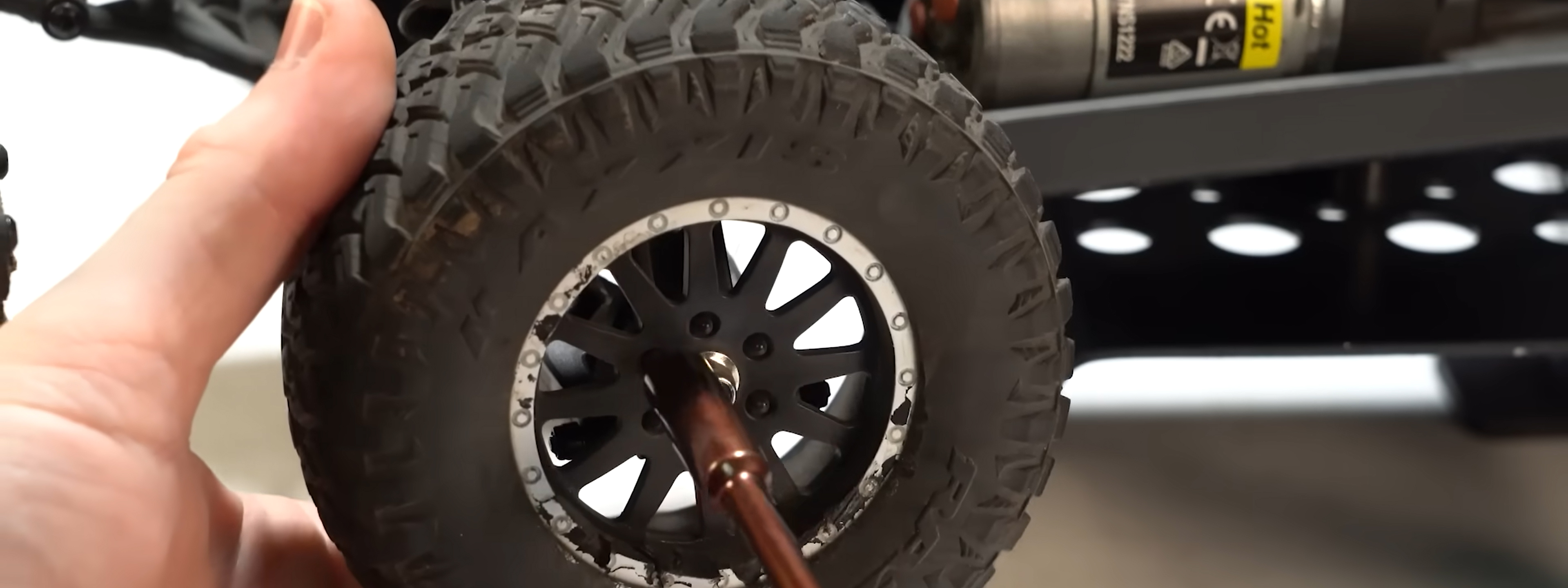
If you purchased a ready-to-run vehicle, one of the first things you want to do is double-check the hardware, including the chassis screws and wheel nuts. Make sure your hardware is tight and secure before you take your vehicle out. It's a huge bummer to drive your RC for the first time and the wheel pops off because you didn't check.
Get To Know Your New RC
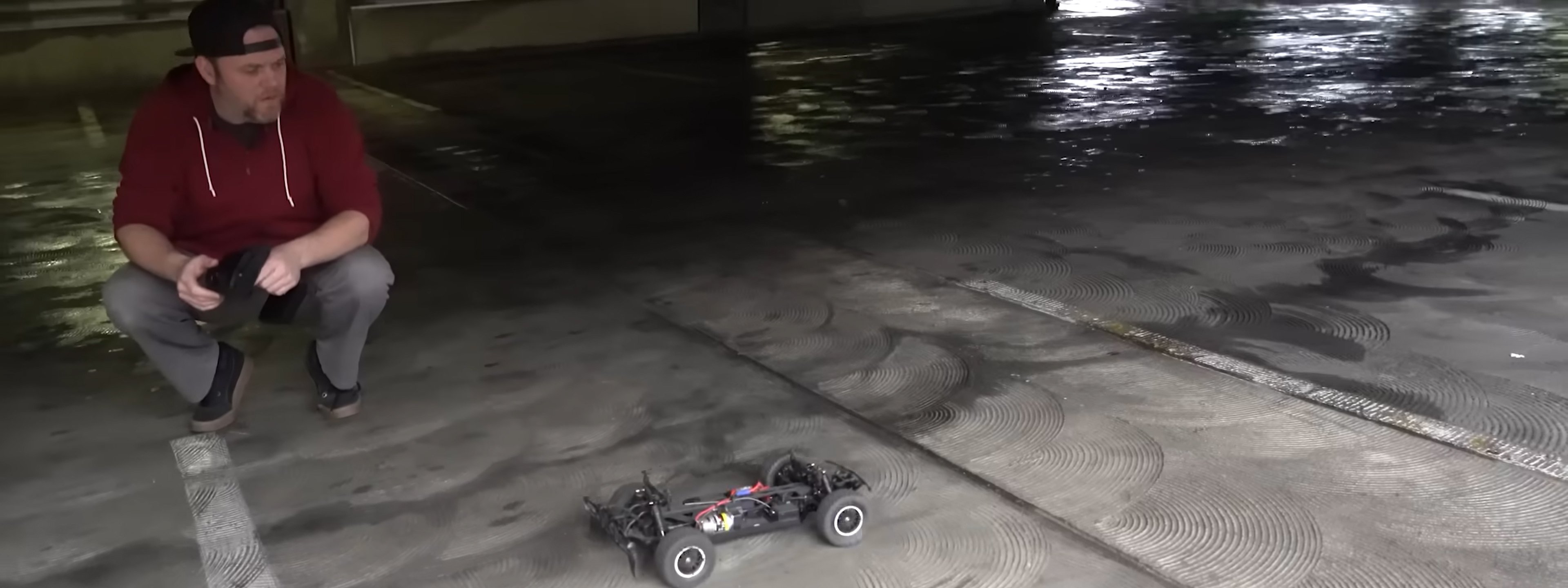
Once you have ensured that everything is securely tightened, you will want to acclimate to your new car or truck before just sending it. Like any performance item, radio control vehicles have particular characteristics and attributes. Therefore, taking your new rig out and running some road tests to get comfortable is always a good idea. First, check the acceleration to see how the car transfers weight and how well it hooks up. Then do the same with braking; observe the weight transfer and how the car behaves at a sudden stop. Next, check the steering; turn left, do some circles, then do the same on a right turn. The better you are at identifying the characteristics of your car, the better suited you are to drive it.
Center The Wheels

Not centering the steering is a big mistake. It is like driving a real car that is out of alignment, ERGH! Centering is super easy to do with the knob on the transmitter that says steering trim. You simply adjust the dial to straighten the tires. People who aren't doing this have to counter the wheel a little bit to drive the car straight, which is wrong. By centering your steering, you can ensure the car goes straight without input.
Pick A Proper Place To Drive
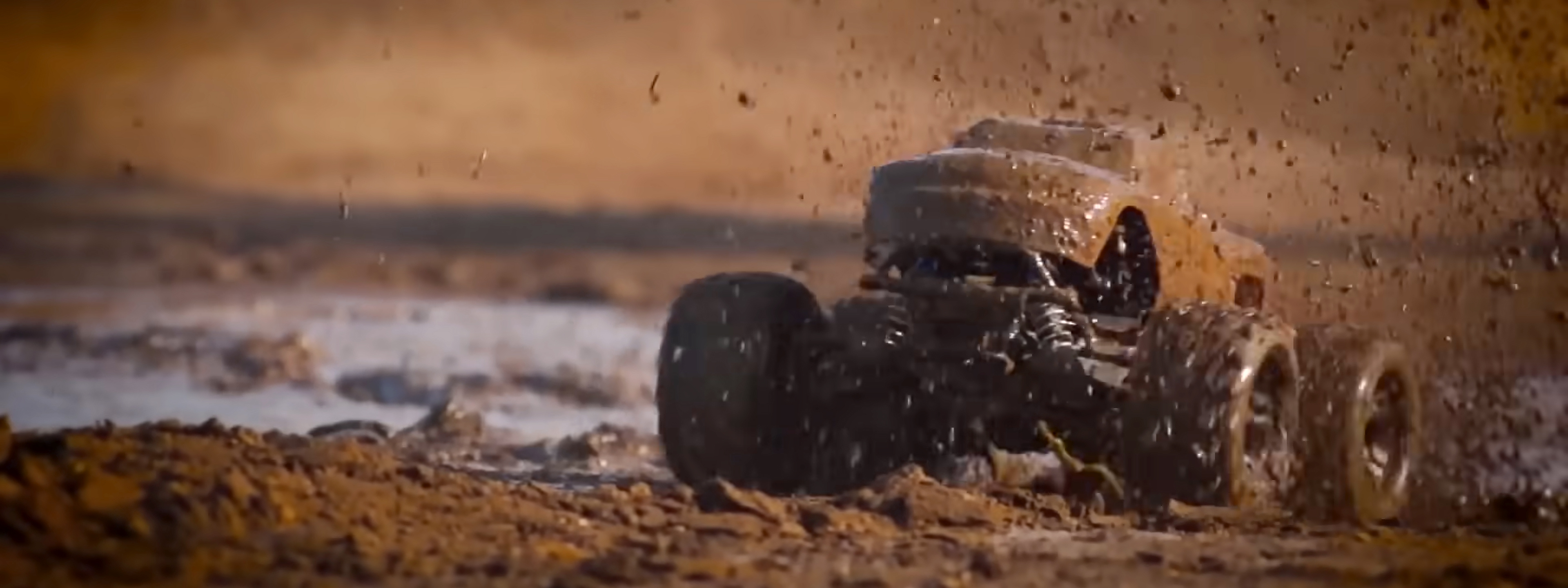
Some of the most exciting places to drive an RC are also the most harmful, like snow, mud, sand, and water. These elements are detrimental to the vehicle. Snow tends to collect, pack up and get heavy, which is hard on the components. Sand will accumulate in small spaces and act like fine sandpaper wearing down plastic parts. Mud tends to cake up and dry into hard pieces that can cause a lot of friction with your suspension and drivetrain. Many first-timers want to run their "waterproof" RTR through puddles and creeks, but water can cause corrosion and rust, creating issues like removing the lubricant from your bearings.
Don't Go Overboard
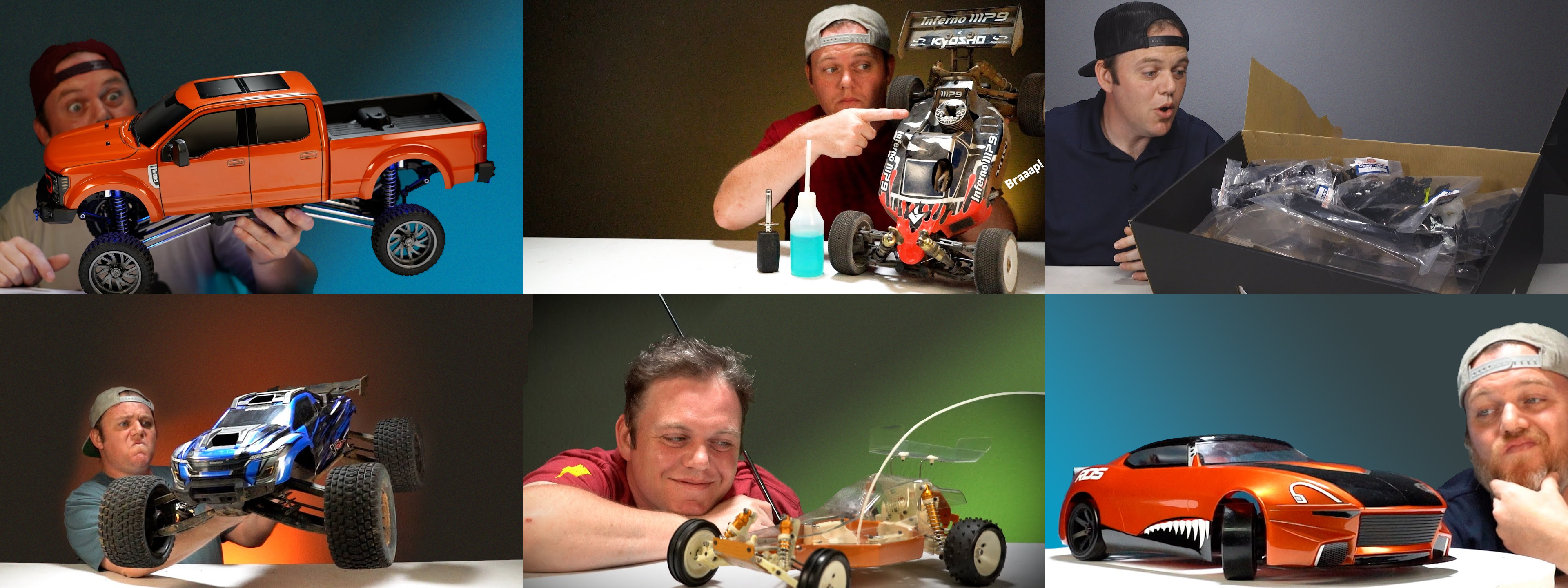
The last mistake we all make is going overboard too early. With new products arriving daily, it's easy to get excited and buy more kits. But there is so much to know, learn and experiment with your new vehicle. It's good to just kind of slow it down a little bit. Take your time, get accustomed to the car, work on building your skills, and try not to do too much too soon. Upgrade slowly and save a little money for worn out and broken parts after bashing your kit a little too hard.
Watch Brett's Review
Basic R/C Mistakes & How To Avoid Them
Watch "Basic R/C Mistakes & How to Avoid Them" on our YouTube channel, and while you're there, be sure to check out our vast selection of informative videos.
Featured Items

Hudy Large Cleaning Brush (Soft) HUD107840
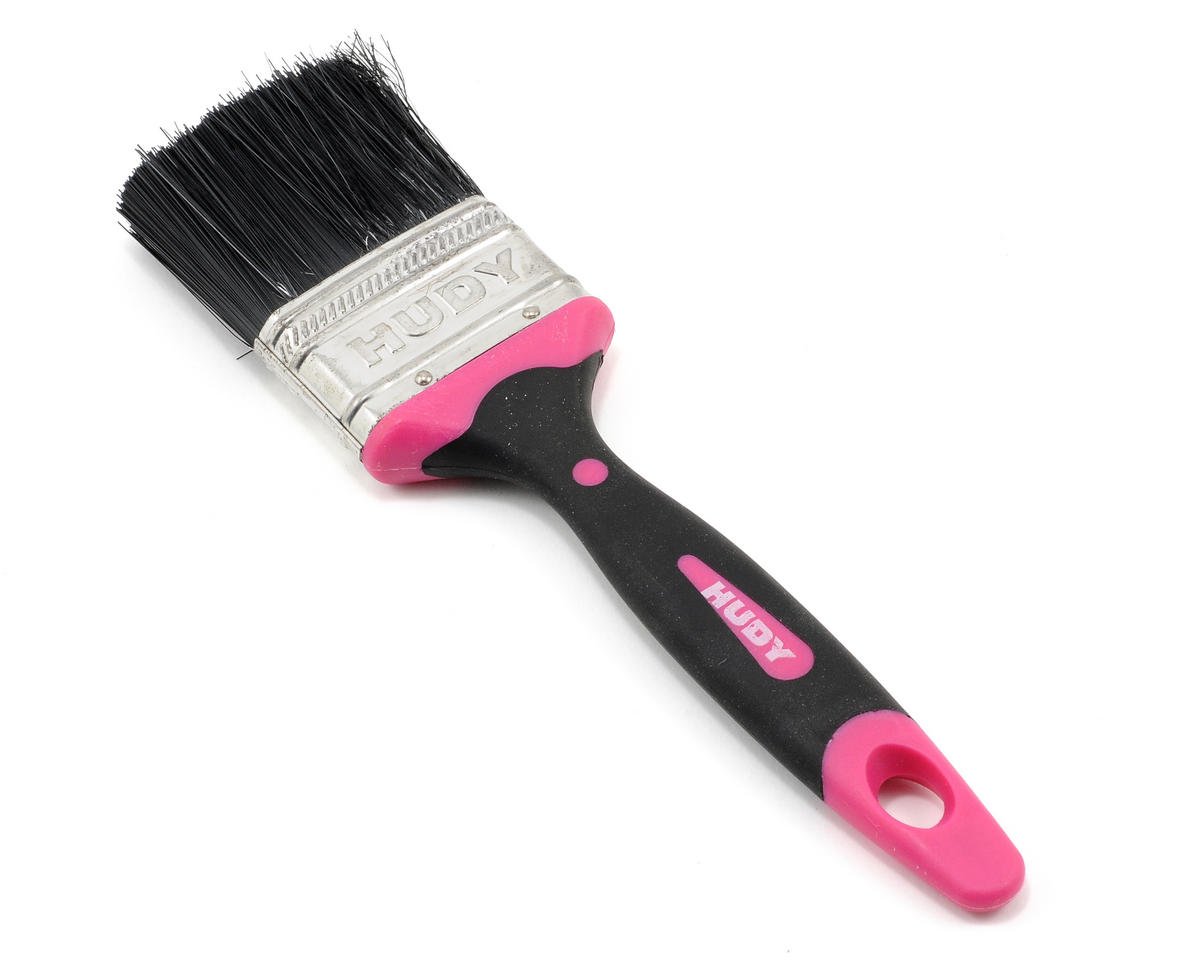
Hudy Large Cleaning Brush (Stiff) HUD107842
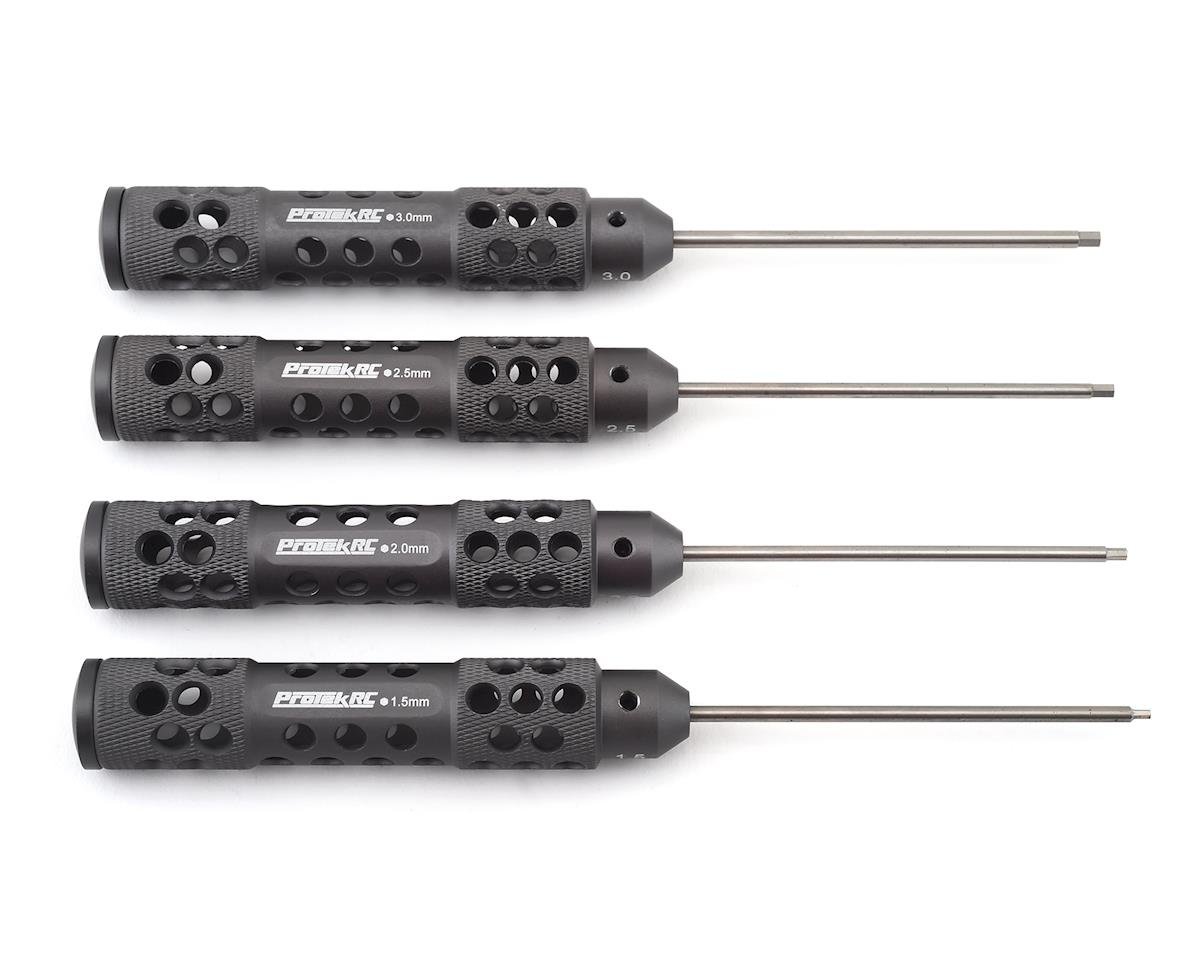
ProTek RC "TruTorque SL" Metric Hex Driver Set (4) (1.5mm, 2.0mm, 2.5mm, 3.0mm) PTK-8416

ProTek RC "TruTorque SL" 4-Piece Metric Nut Driver Set (5.0, 5.5, 7.0, 8.0mm) PTK-8282
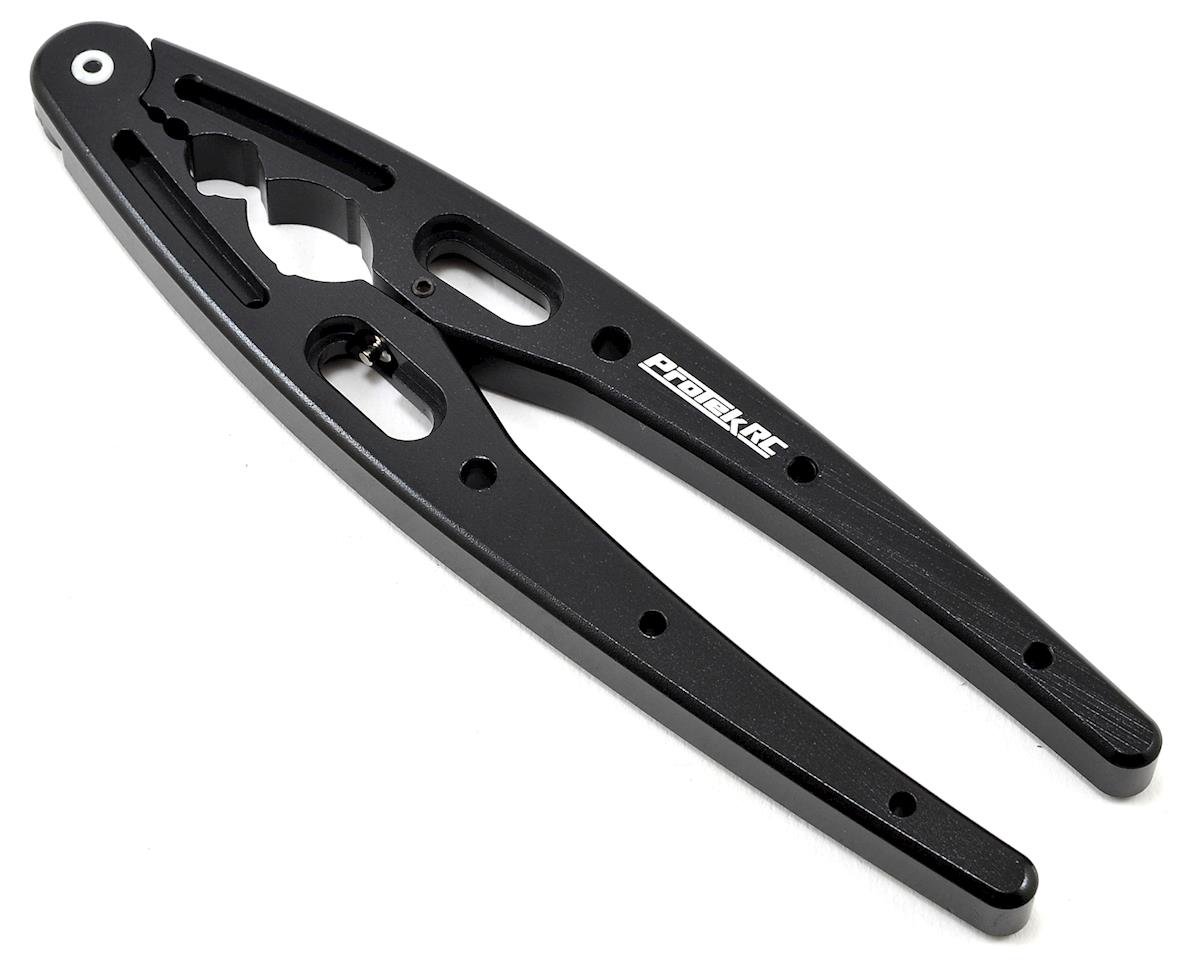
ProTek RC "TruTorque" Shock Shaft Pliers PTK-8267

ProTek RC Blue Thread Lock (Medium) (0.34oz) PTK-1572
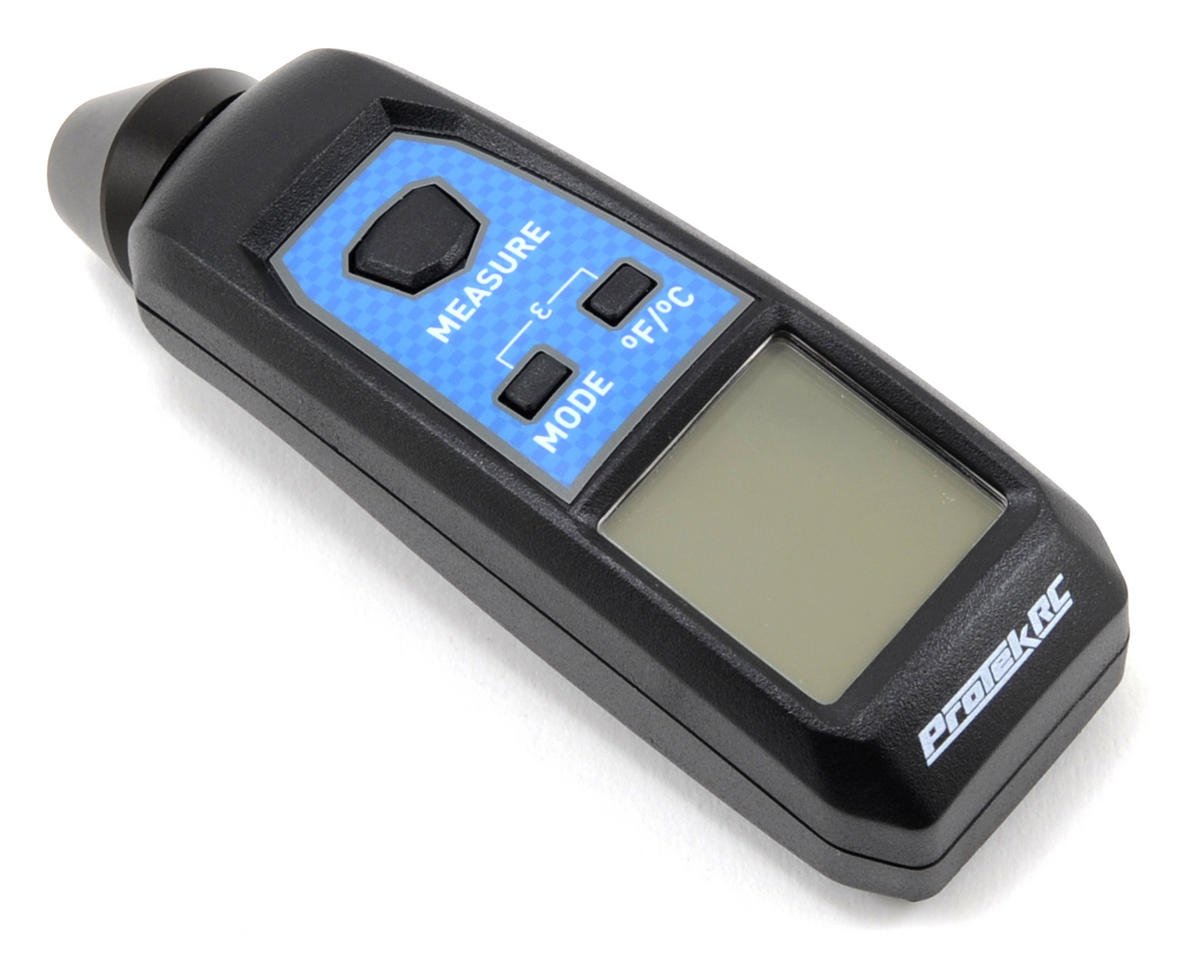
ProTek RC "TruTemp" Infrared Thermometer PTK-8310
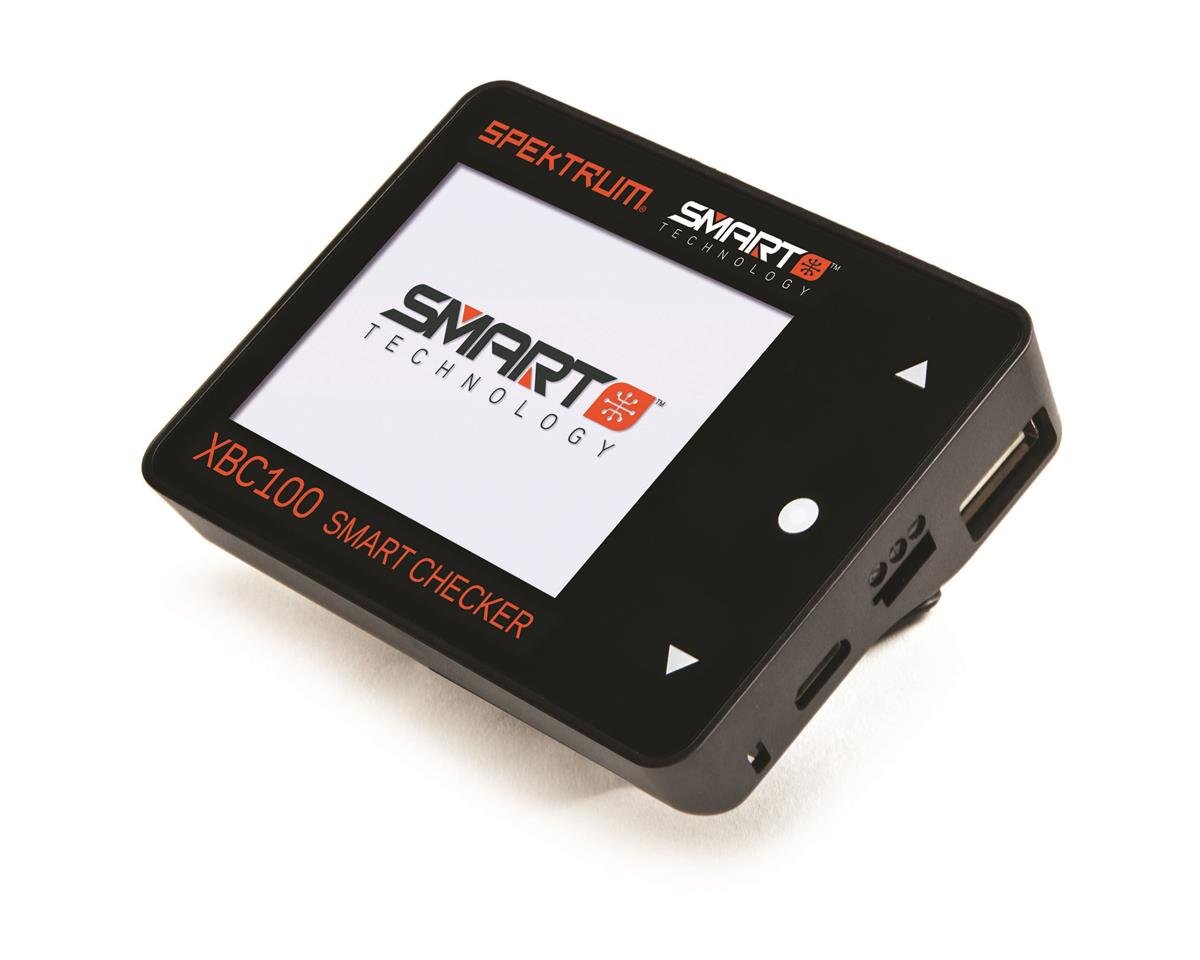
Spektrum RC XBC100 SMART Battery Cell Checker & Servo Driver SPMXBC100
